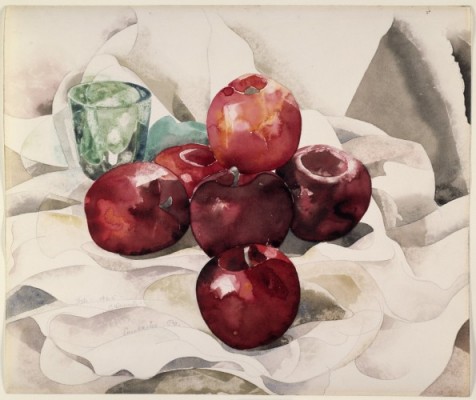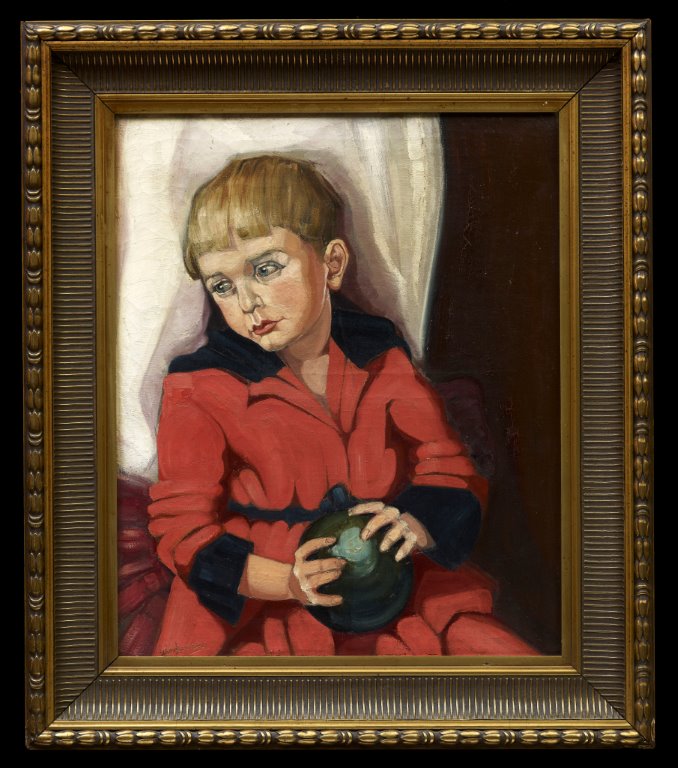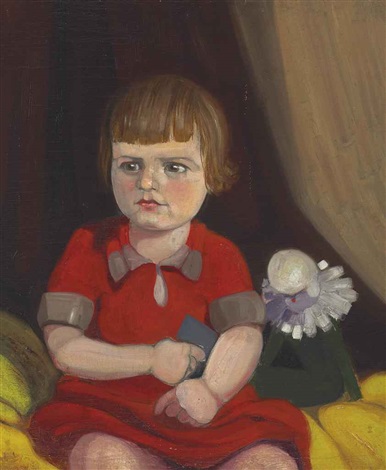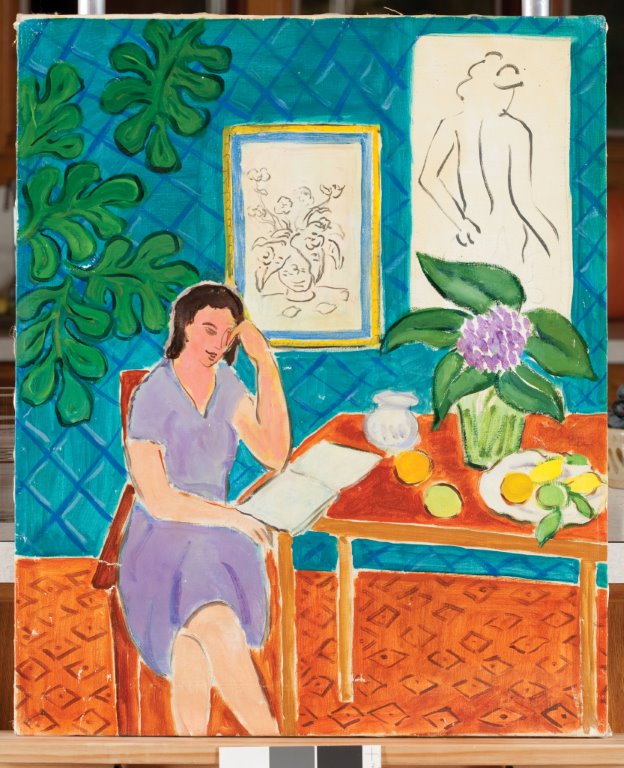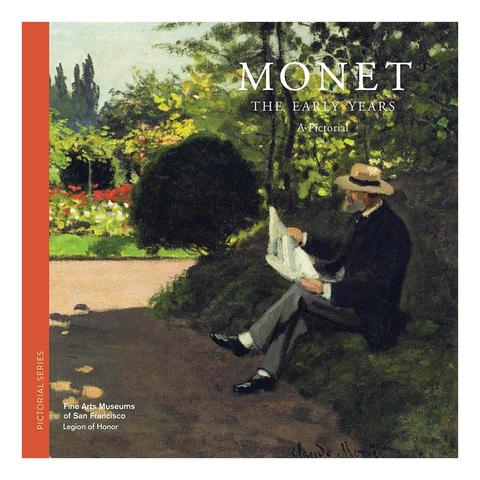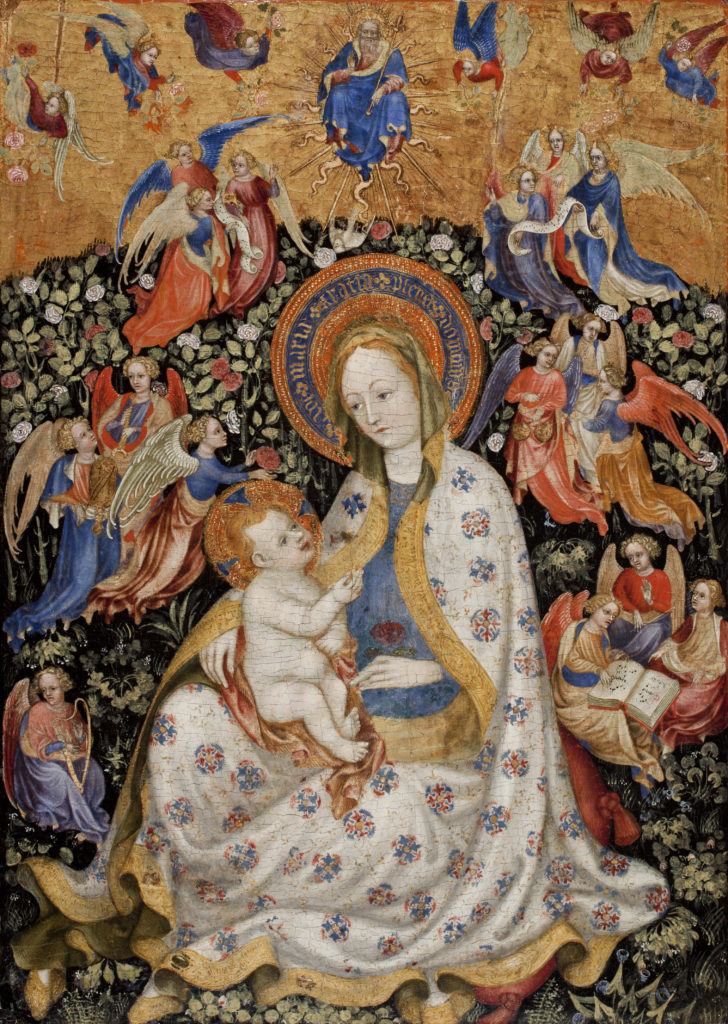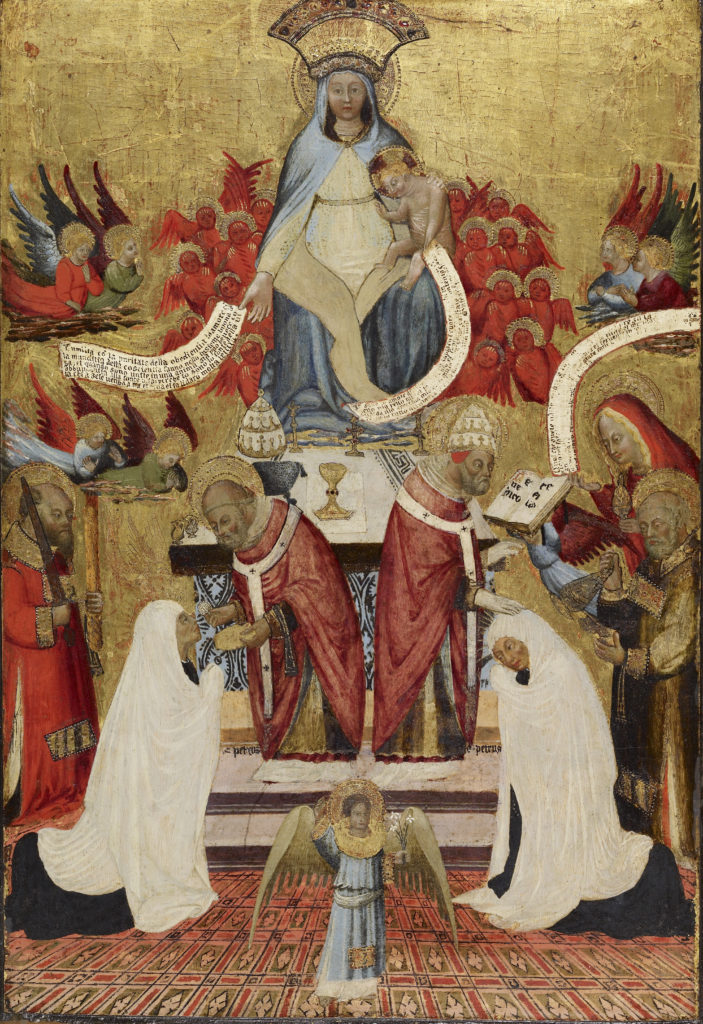Is more always better? Is it better when it comes to seeing art and artifacts? That’s the question I’ve been pondering since last week, when the New-York Historical Society* opened its new fourth floor. The renovated and recast floor includes a dazzling, two-level display of 100 Tiffany lamps (at left) and a gallery whose exhibitions will focus on women’s history, as produced by the new Center for Women’s History.
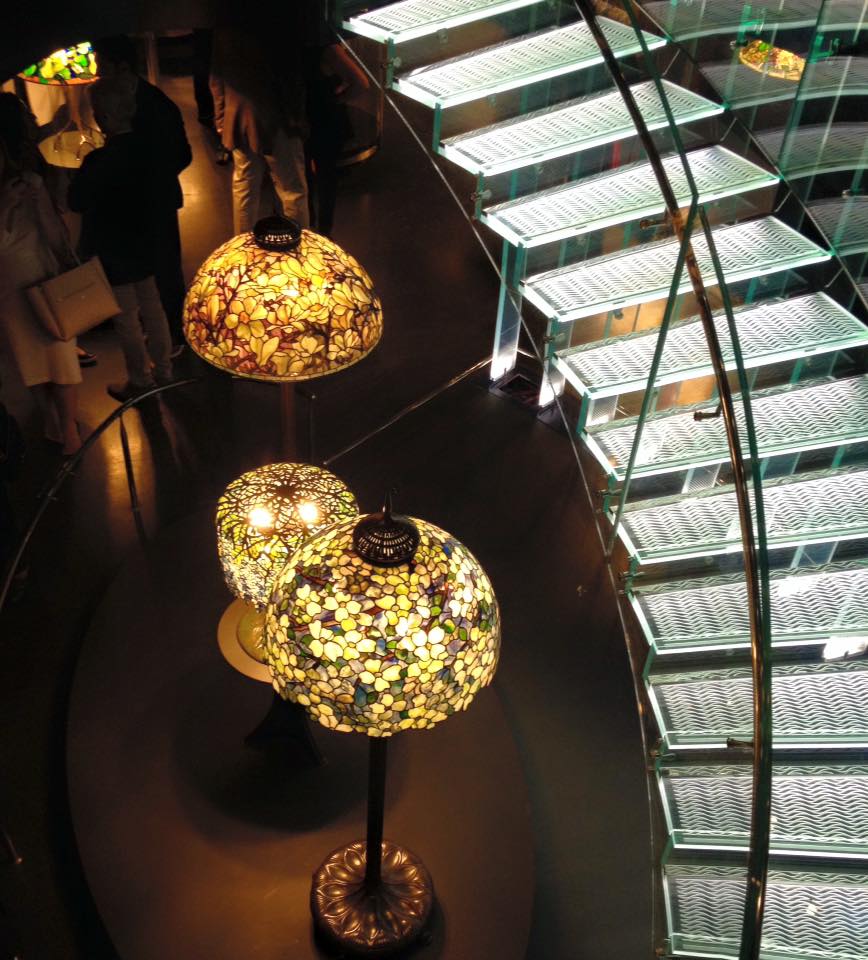 The floor, whose renewal was led by Louise Mirrer (below right), NYHS president. also houses the NYHS’s permanent collection galleries–the part of the museum known as the Henry Luce III Center for the Study of American Culture. From the press release:
The floor, whose renewal was led by Louise Mirrer (below right), NYHS president. also houses the NYHS’s permanent collection galleries–the part of the museum known as the Henry Luce III Center for the Study of American Culture. From the press release:
…The striking space increases public access and engagement with treasures from New-York Historical’s holdings to illuminate aspects of New York and American history….
The North Gallery—a grand double-height expanse of the floor—features 15 themed niches with a variety of artifacts and artworks that illustrate aspects of urban life through generations, contrasted with six soaring vertical cases that feature dense presentations of objects. Objects relating to themes of recreation, the port of New York, Hudson River School artists, slavery in New York, and 9/11, among other topics, will be on view. The central corridor of the North Gallery features 10 historical artifacts that chart key moments in history, including a copper globe (1542) detailing Giovanni da Verrazzano’s exploration of the New York area; a draft wheel used in the lottery that sparked the Draft Riots in Civil War-torn New York in July 1863, one of the worst urban riots in American history; and a silver subway controller handle used by Mayor George McClellan to drive the first subway car on its maiden voyage from City Hall in 1904.
The Hall of American Silver will showcase a display of silver and jewelry by the New York retailer Tiffany & Co.—including the monumental punch bowl presented by five-and-dime magnate Frank W. Woolworth to architect Cass Gilbert upon the opening of the Woolworth Building in 1913—as well as highlights of the Museum’s collection of early American silver.
All good, and all true. But as my colleague James Panero pointed out in his review of the new space in The Wall Street Journal:
…tens of thousands of objects that had been on permanent view—treasures that have defined and described local history—have been taken down, with many of them shipped offsite to storage in New Jersey….
The society has chosen to destroy its fourth-floor display of “visible storageâ€â€”the unmediated assembly of its trove of objects—which had made a majority of its collection of 70,000 objects publicly available. Known as the Henry Luce III Center for the Study of American Culture, this award-winning, floor-wide installation, completed in 2000, was a place to become lost in the rich material of New York’s history….only a fraction of the collection [is] left on view.
Also true. Which raises my question, is more always better, or is the idea of open storage still as attractive as it once was?
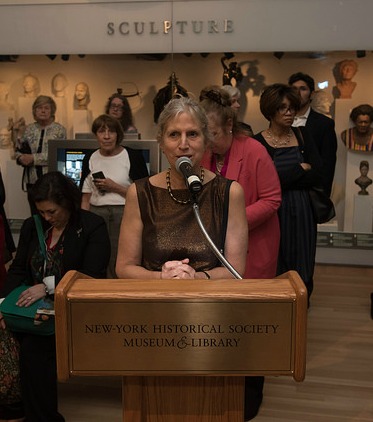 Panero notes that “A truly radical approach to museum presentation, visible storage emerged in the 1970s as an effort to open museum collections to a broader public.” It became even more popular around the time of NYHS’s 2000 installation, as recounted in a 2001 article in The New York Times. It described the trend, saying that the NYHS installation followed the Met:
Panero notes that “A truly radical approach to museum presentation, visible storage emerged in the 1970s as an effort to open museum collections to a broader public.” It became even more popular around the time of NYHS’s 2000 installation, as recounted in a 2001 article in The New York Times. It described the trend, saying that the NYHS installation followed the Met:
The first example in New York opened in 1988 on the mezzanine of the American Wing at the Metropolitan Museum of Art, where the Henry R. Luce Study Center for the Study of American Art keeps 18,312 objects on display, or roughly 80 percent of the Met’s collection of American art and decorative objects. (The rest is on regular exhibition in the American Wing or is away on loan.)
The Luce foundation also funded open storage galleries at the Brooklyn Museum and the Smithsonian American Art Museum.
Even in 2001, though, some people were beginning to question the value of open storage–which seemed geared more toward the experts who know what they’re looking at than at the general public. People were wowed by the sheer volume of things, true, but they did not necessarily actually look at them individually. If the average amount of time spent in curated galleries has now shrunk to two or three seconds per object, what must it be per item in open storage rooms? My experience at the Met and the Brooklyn is too minimal to make a judgment, but I have rarely seen someone spend a lot of time in either.
People do often want to know what’s in museum storerooms; they think museums are hiding riches beyond compare, whereas in truth many museums own a lot of items that have not stood up to the passage of time. But once the public sees the rooms for themselves, is their attention held? Might a smaller, more selective array actually serve the public better now? Sad as it is, fewer people read long articles now than before, and younger generations especially feed on Twitter and other bite-size bits of information.
I don’t know the answer to my question, but I suspect more museum-goers need “mediation” with the objects these days.
At the NYHS, there is another hope, though–if the themes/objects are indeed rotated more frequently, at least every two years, we may have the best of both worlds. Right now, museums simply need to get more people into their permanent collection galleries; let the NYHS try it this way and see what happens.
Photo Credit: Courtesy of NYHS (bottom)
*I consult to a foundation that supports the NYHS

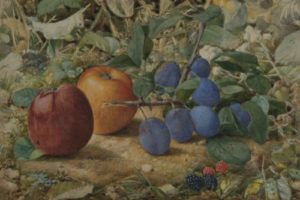 American Watercolor In the Age of Homer and Sargent, now on view at the Philadelphia Museum of Art, is an exhausting exhibition, in a good way. It displays more than 170 artworks and covers the period from the 1860s to 1925. It is,
American Watercolor In the Age of Homer and Sargent, now on view at the Philadelphia Museum of Art, is an exhausting exhibition, in a good way. It displays more than 170 artworks and covers the period from the 1860s to 1925. It is, 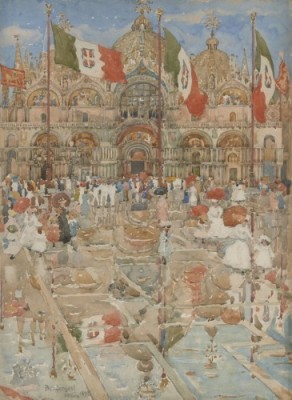 And yet this excellent exhibition–I can’t say enough about how good it is–gives us just one small gallery of works from that high point. One Burchfield, one Hopper, one Marin, two Demuths–no Doves. Two O’Keeffes on the same subject.
And yet this excellent exhibition–I can’t say enough about how good it is–gives us just one small gallery of works from that high point. One Burchfield, one Hopper, one Marin, two Demuths–no Doves. Two O’Keeffes on the same subject.